
Yamaha Rides In The BS6 R15 V3
- Dec 9, 2019
- Views : 23532

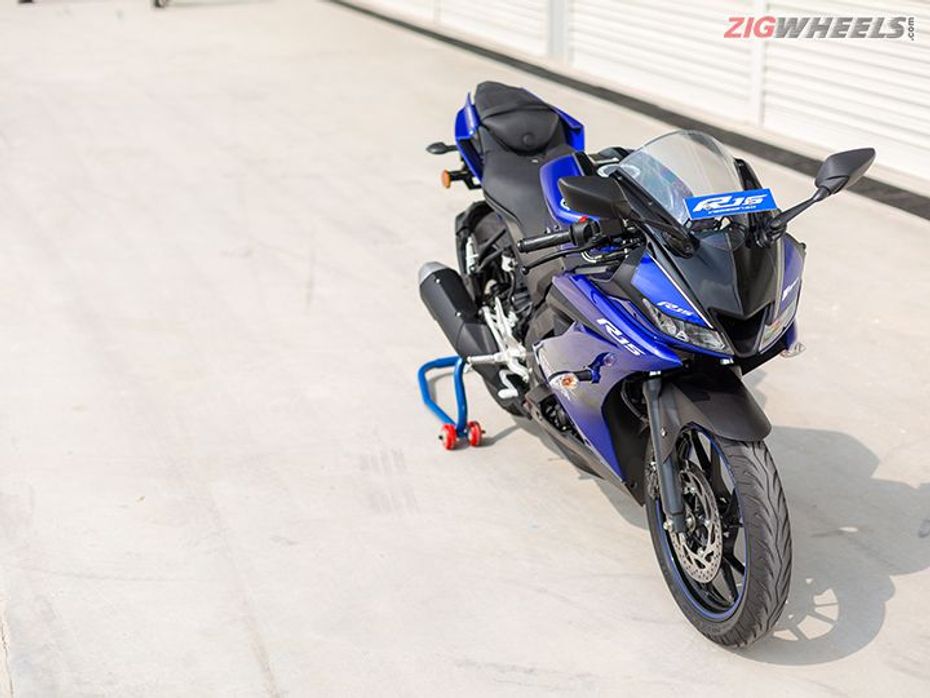
The Yamaha R15 made its Indian debut back in 2008. It brought with it a near perfect synergy of performance and riding dynamics of a track-focused machine that you could own without robbing a bank. A combination unheard of in the Indian two-wheeler market back then. The bike proved to be a revelation for riders and continues to remain so even today. Over its decade-old journey, the R15 went through three generation changes, of which the R15 V3.0, its latest update, was launched at the 2018 Auto Expo.
The R15 V3.0 comes across as a substantial update over its predecessor. Let’s check out the differences it gets over the still on sale R15 V2.0 and the first generation R15, now termed the R15S.
Design
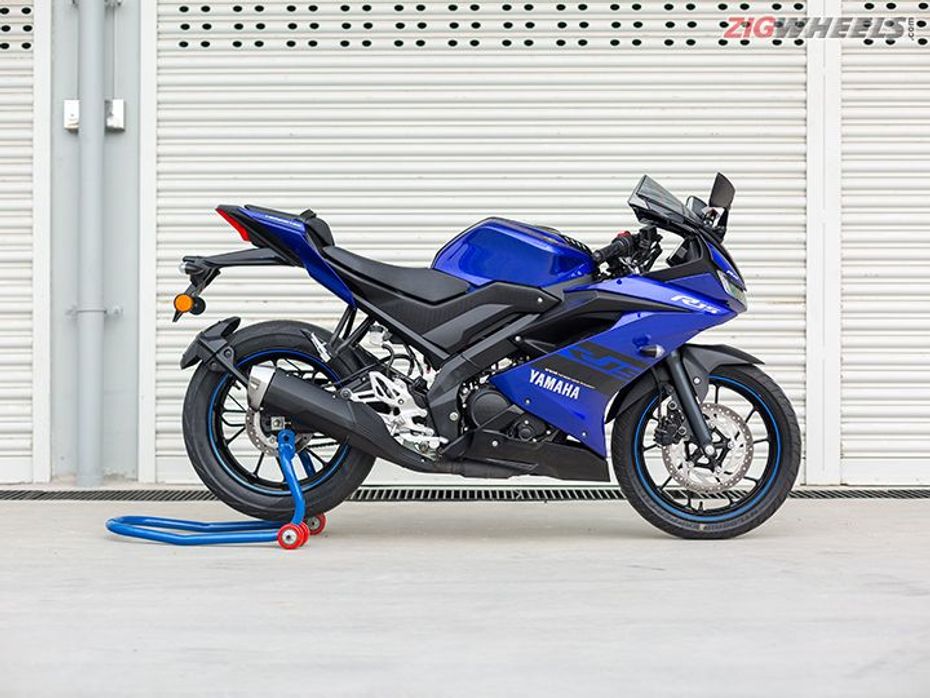
One of the main reasons behind the R15’s immediate success was its styling. The Yamaha R15 Version 3.0 not only carries that legacy forward but steps up the game further by offering sharper design lines. While the R15 S and the R15 V2.0 share the same front fairing design, including the split headlamps, the V3 gets a more aerodynamic R6-inspired body with LED lighting all around. The petite fuel tank seen on the R15S and the V2.0 holds 12 litres of fuel but while the V3.0’s R1-inspired fuel tank looks meatier with its gills, it holds 11 litres instead.
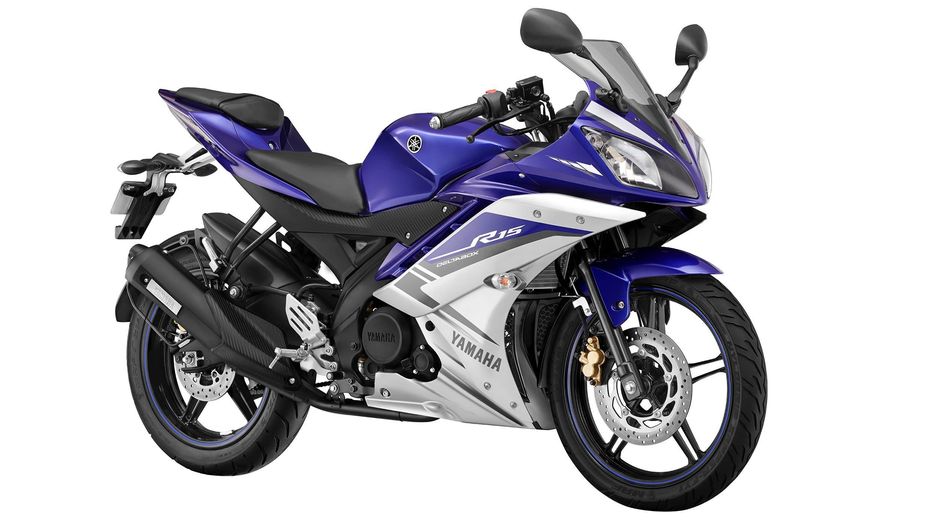
While the R15S is a lot welcoming for the pillion, with its flatter single-piece seat, the V2.0 and the V3.0 get split seats. While the S and V2.0 share the same front end, the tail section sets them apart. The S gets a halogen-lit oval tail light while the V2.0 gets an older generation R6-inspired tail. The V3.0 too gets an R6-inspired tail section, but one seen on the latest 2018 R6. The star-shaped alloy wheels, shared by the R15 Version 2.0 and R15S, have been replaced with multi-spoke wheels on the R15 V3.0. The new graphics on the Yamaha R15 V3.0 are also a lot more subtle, with two new shades to choose from: Thunder Grey and Racing Blue.
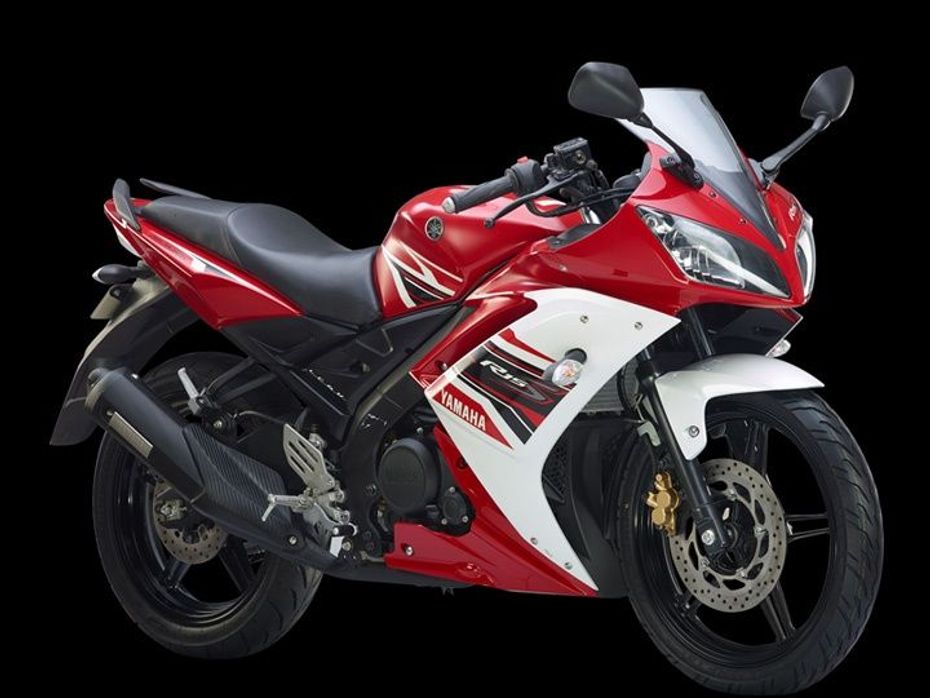
Features
Compared to the offerings on its predecessors, the Yamaha R15 Version 3.0 comes packed with features. This includes an all-digital instrument console with shift light indicator, as opposed to the analogue-cum-digital console seen on the older versions. The R15 V3.0 also gets a slipper clutch now. To make it more track-ready, Yamaha is also offering a host of accessories as part of a race kit. These include a Daytona performance exhaust, rear-set footpegs, frame sliders, a tank pad and stickier Metzeler tyres.
Powerplant
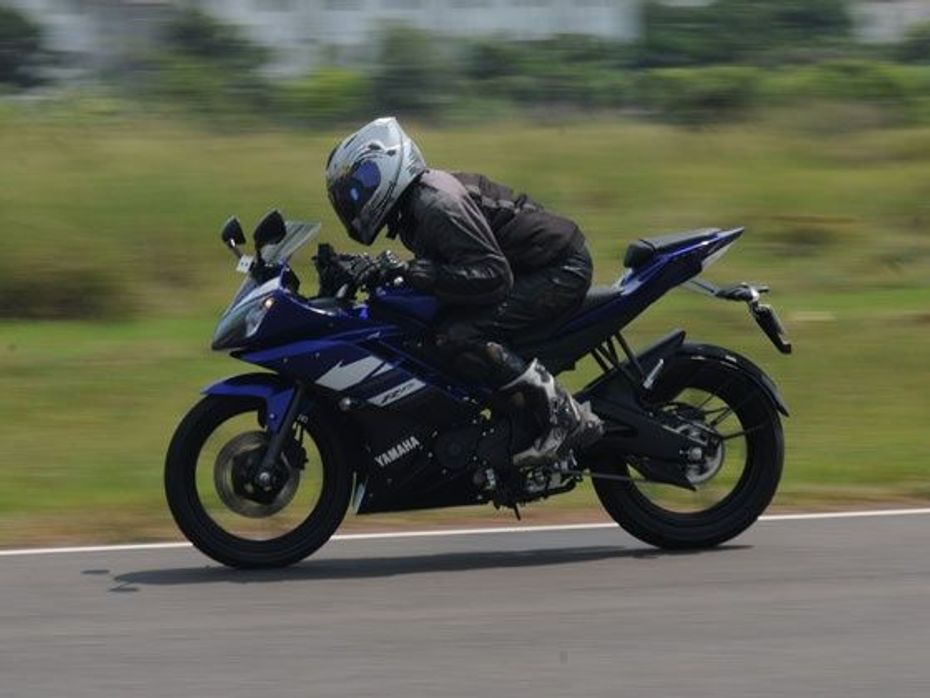
The R15S and the R15 V2.0 are powered by the same 149cc liquid-cooled, single-cylinder unit that produces 17PS at 8500rpm and 15Nm at 7500rpm. However, the R15 V3.0 gets an all-new 155cc, single-cylinder, liquid-cooled motor that pumps out 19.3PS at 10,000rpm. The torque output of 15Nm remains unchanged but is now produced at 8500rpm.

The R15 V3.0 also gets a segment-first VVA (Variable Valve Actuation) system that’s set at about 7,400rpm for a harder-hitting top end. In the case of a regular motor, the cam can either be set for low to mid-range power or for a better mid-range and top-end. But VVA allows the power delivery to be flexible. This allows the engine to rev higher, and also helps in low-end torque for better drivability at low speeds. The 6-speed gearbox remains unchanged across all three models, with the same internal ratios. However, the final drive ratio has been changed to better suit the new engine’s nature in the V3.0.
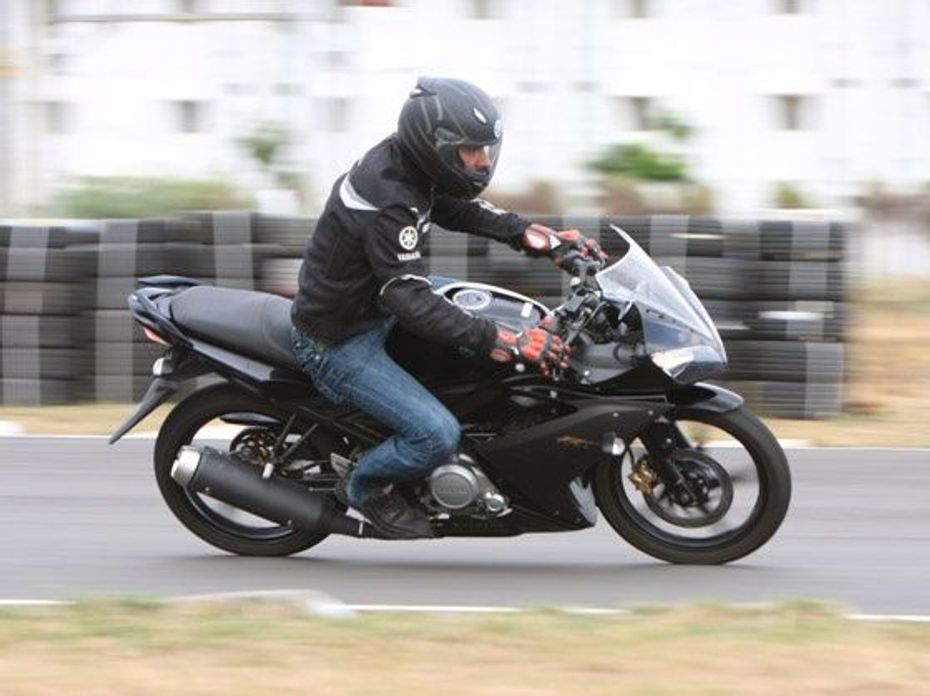
Underpinnings
The rake has been reduced to 25.5 degrees from 26 degrees on the R15 V3.0 while trail has dropped down by 10mm, to 88mm. This has resulted in the wheelbase dropping down 20mm, to 1325mm. In totality, this makes the new R15 a lot more flickable and sharper than its predecessors. Ground clearance, at 170mm, is up by 10mm, which makes it easier to tackle speedbrakers.
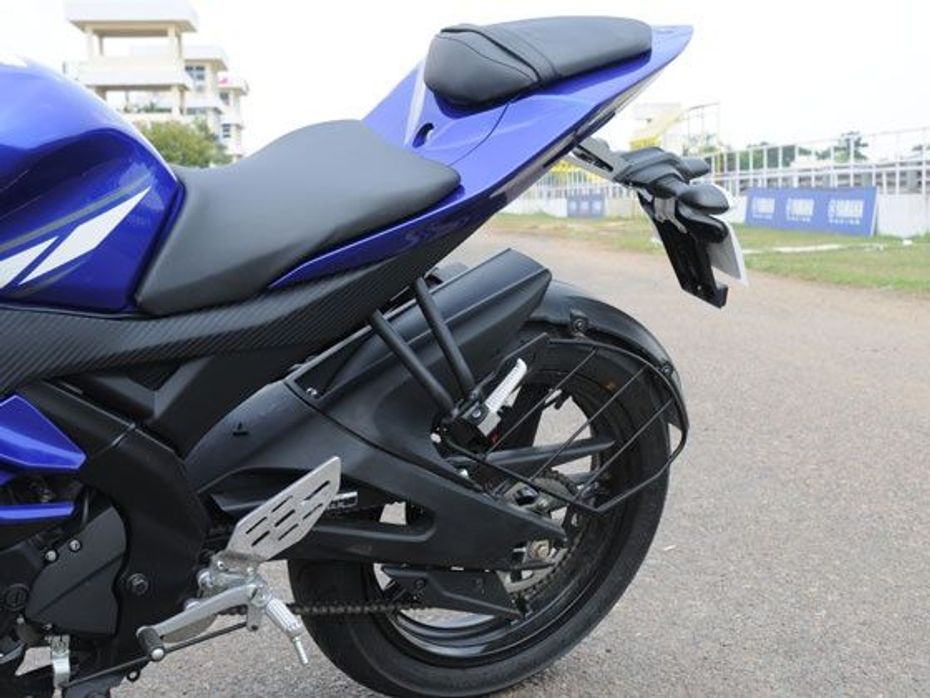
The seat height has also increased from 800mm to 815mm, which has made the riding position even more aggressive. While this will be an engaging posture on the track, the overly sporty stance might prove to be cumbersome for daily errands.
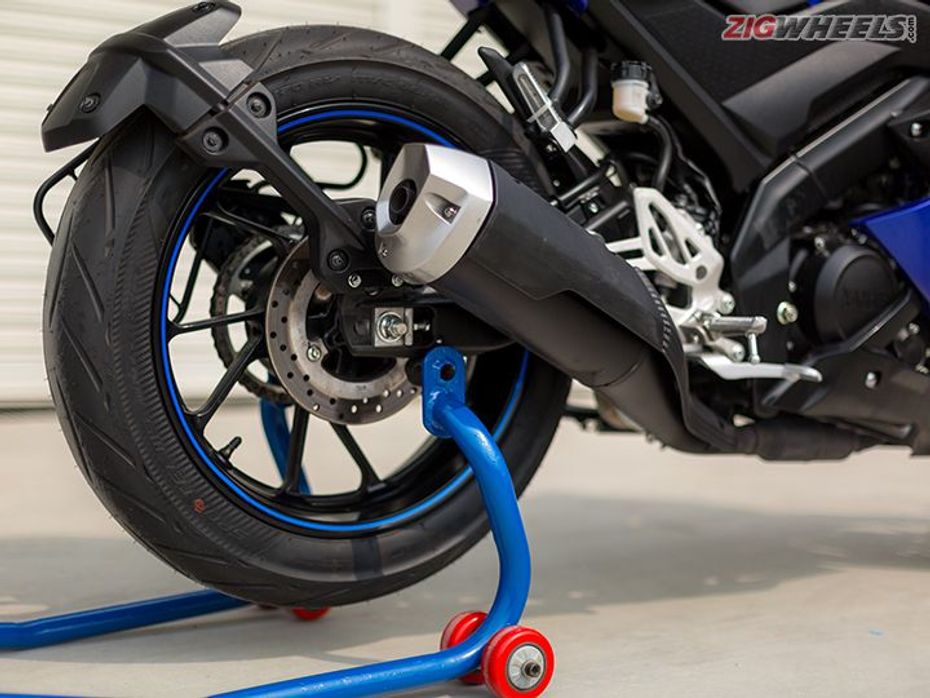
The India-spec R15 Version 3.0 gets the traditional telescopic front fork setup seen on its predecessors. Yamaha India has taken this measure to keep costs in check since the same is available internationally with USD forks. The rear monoshock is standard across all three variants.
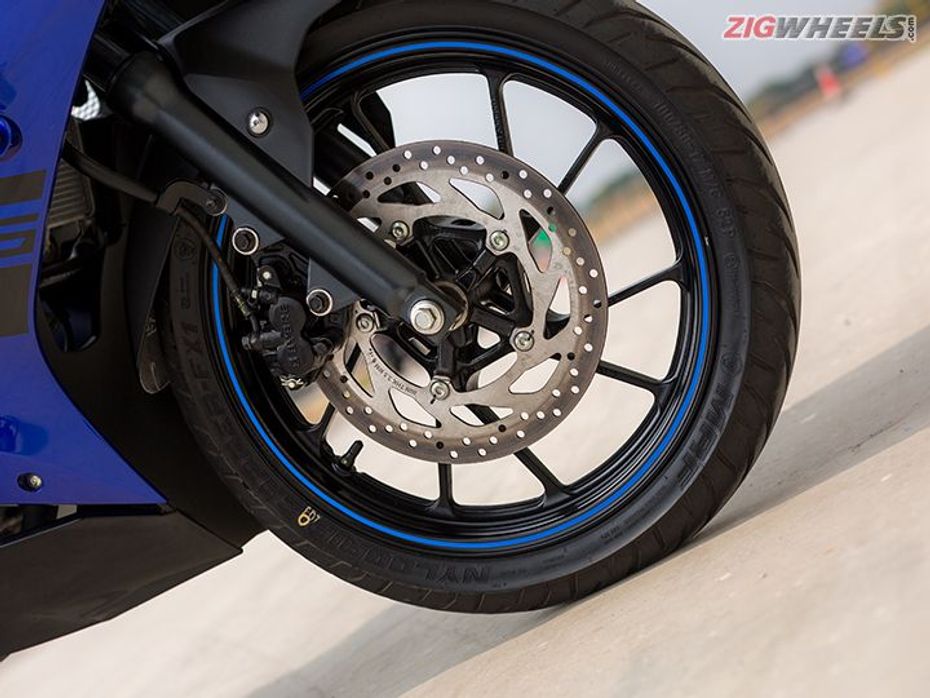
Tyre size on the R15 V3.0 consists of a 100/80 section front and 140/70 section at the rear, mounted on 17-inch wheels. The R15 V2.0 and R15S showcase a 90/80 section front and a 130/70 section tyre at the rear. The R15 V3.0 has also gained more weight, tipping the scales at 139kg. This makes it 3kg heavier than the version 2.0 and 5kg heavier than the R15S.
Price
The Yamaha R15S costs Rs 1.15 lakh, while the R15 Version 2.0 costs Rs 1.19 lakh. The Yamaha R15 Version 3.0, however, is priced at Rs 1.25 lakh. Considering that the latest version is just Rs 6000 dearer than the Version 2.0, Yamaha has priced the V3.0 very competitively, especially when you take into account the upgrades in technology, power and features that you get with it. Read our first ride review of the R15 V3.0 for more details.
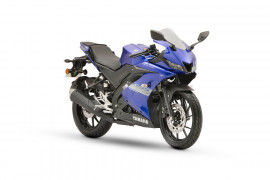

Yamaha Rides In The BS6 R15 V3

Yamaha R15 V3.0 Is Awesome: True Or False?

Upcoming Bikes Under Rs 5 Lakh In 2018

Yamaha Unleashes New Colours For The R15 V4 & MT 15 V2 & Major Update...

Yamaha R15S Witness A Minor Price Hike In July

BREAKING: The “Practical” R15S Goes Stealthy With A New Paint...

EXCLUSIVE: Yamaha Plans To Make The R15S V3 More Colourful

The Exciting Bikes And Scooters Launched In November 2021
 TVS Apache RTR 200 4V
TVS Apache RTR 200 4V
 Yamaha FZ 25
Yamaha FZ 25
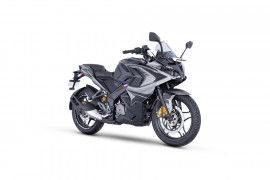 Bajaj Pulsar RS200
Bajaj Pulsar RS200
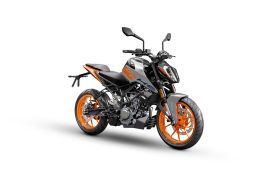 KTM Duke 200
KTM Duke 200
 Bajaj Pulsar NS200
Bajaj Pulsar NS200
India's largest automotive community